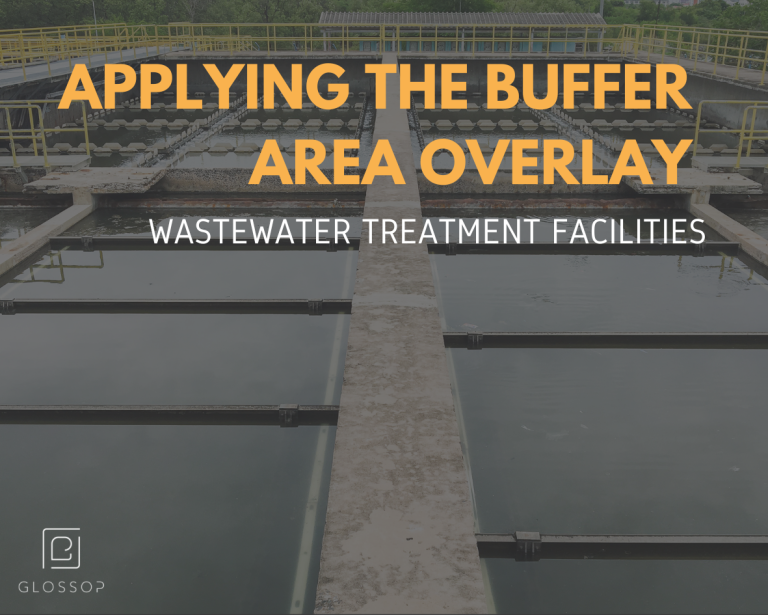Typically, these impacts are managed on-site through robust processes to meet license conditions or the general environmental duty to not emit odour, dust, noise or hazardous pollutants beyond site boundaries. However, some unintended off-site impacts can occur during ‘upset’ events, as a result of plant failure, weather or temporarily increased demand.
A key tenet of planning is to separate conflicting land uses. Avoiding land use conflict in the first place is desirable and usually achieved by siting these facilities in areas which are well separated from sensitive uses and using zoning and policy to prevent encroachment within the buffer area of these facilities.
However, where an existing land use conflict exists or encroachment is occurring within the buffer area of these facilities, the Buffer Area Overlay can be applied in certain circumstances to prevent future encroachment and intensification of incompatible land uses.
Many wastewater treatment facilities already have a ‘buffer overlay’ applied in the form of an Environmental Significance Overlay. The Buffer Area Overlay replaces the Environmental Significance Overlay as the preferred tool to apply in these areas.
Guidance for the application of the Buffer Area Overlay is set out in Planning Practice Note No. 92: Managing buffers for land use compatibility.
The Practice Note sets out ten key steps for applying the Buffer Area Overlay. Important among these steps are the need to:
- Not use the Buffer Area Overlay as a means of avoiding compliance with relevant regulations and standards.
- Establish whether unintended off-site impacts represent a significant impact on amenity, or on human health and safety.
- Undertake an assessment of the potential off-site impacts.
The assessment of potential off-site impacts must be based on a rigorous understanding of potential impacts. Many water corporations have previously relied on air dispersion modelling alone as a means of establishing the likely movement of odourous air emissions from plants during upset conditions.
The Buffer Area Overlay has not been applied yet to any wastewater treatment facility. In assisting many water corporations in taking steps towards applying the Buffer Area Overlay to protect these facilities and the community, our key learnings have been:
- The need to engage early with the planning authority and the Environment Protection Authority.
- The importance of understanding the residual impacts on health, safety and amenity that might arise from potential adverse impacts.
- The robust methodology that needs to apply to any studies to justify the application of the overlay, including a need to rely on detailed observation and analysis of complaints data, rather than modelling alone.
If you would like to discuss your next project, please reach out to us at mail@glossopco.com.au or via phone on 03 9329 2288.


